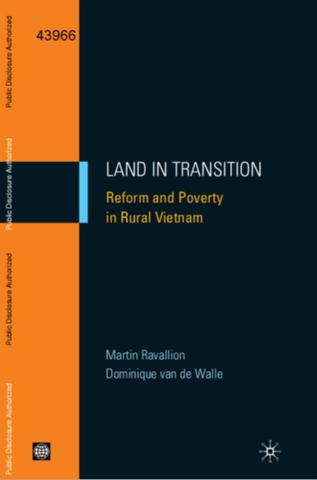Assessing Asset Indices
This paper compares how results using
various methods to construct asset indices match results
using per capita expenditures. The analysis shows that
inferences about inequalities in education, health care use,
fertility, child mortality, as well as labor market outcomes
are quite robust to the specific economic status measure
used. The measures-most significantly per capita
expenditures versus the class of asset indices-do not,




